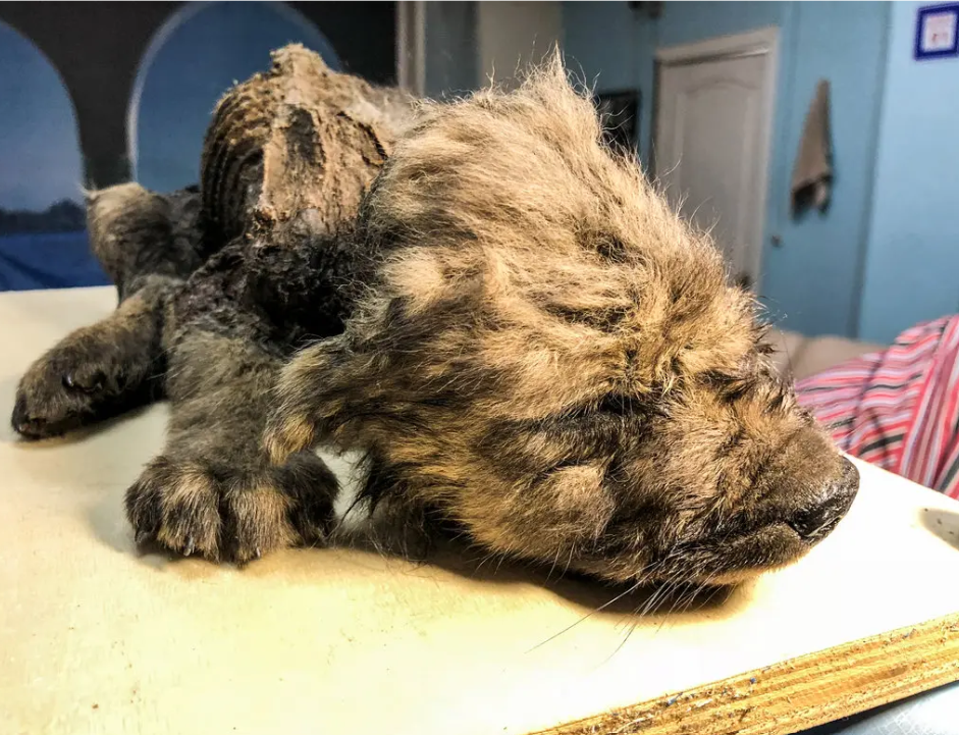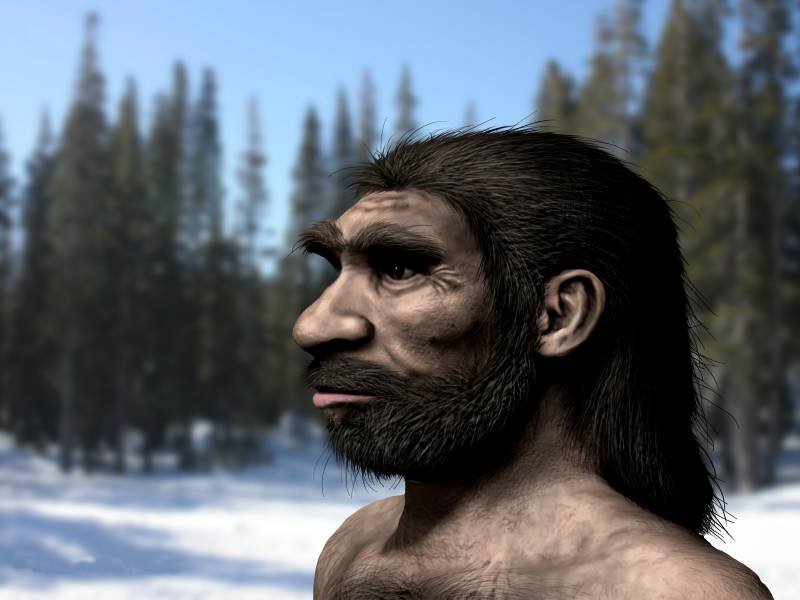American Thanksgiving stands as one of the nation’s most cherished traditions, yet its true story weaves together complex threads of survival, cooperation, and cultural collision. Most of us know the basic narrative, but the reality contains far more nuance than the simplified version taught in schools.
The origins of this beloved holiday stretch back centuries, involving not just English Pilgrims but various European settlers, Native American communities, and political leaders who shaped what we celebrate today. From the first harvest celebrations to the presidential proclamations that made it official, Thanksgiving’s journey to becoming a national institution reveals fascinating details about American history. So let’s get started and discover the surprising truths behind this quintessentially American celebration.
The Pilgrims Weren’t Actually Looking for Religious Freedom

The people who comprised the Plymouth Colony were a group of English Protestants called Puritans who wanted to break away from the Church of England. However, the commonly told story oversimplifies their motivations. The Mayflower carried 102 passengers across the Atlantic Ocean in a journey lasting 66 days. These settlers had already found religious freedom in Holland, where they lived for over a decade before deciding to venture to the New World.
Plymouth, Massachusetts (though they initially landed at Provincetown on Cape Cod before settling at Plymouth). The decision to leave Holland wasn’t primarily about religious persecution but rather economic opportunity and concerns about their children assimilating too much into Dutch culture.
The First Thanksgiving Wasn’t Really About Thanksgiving
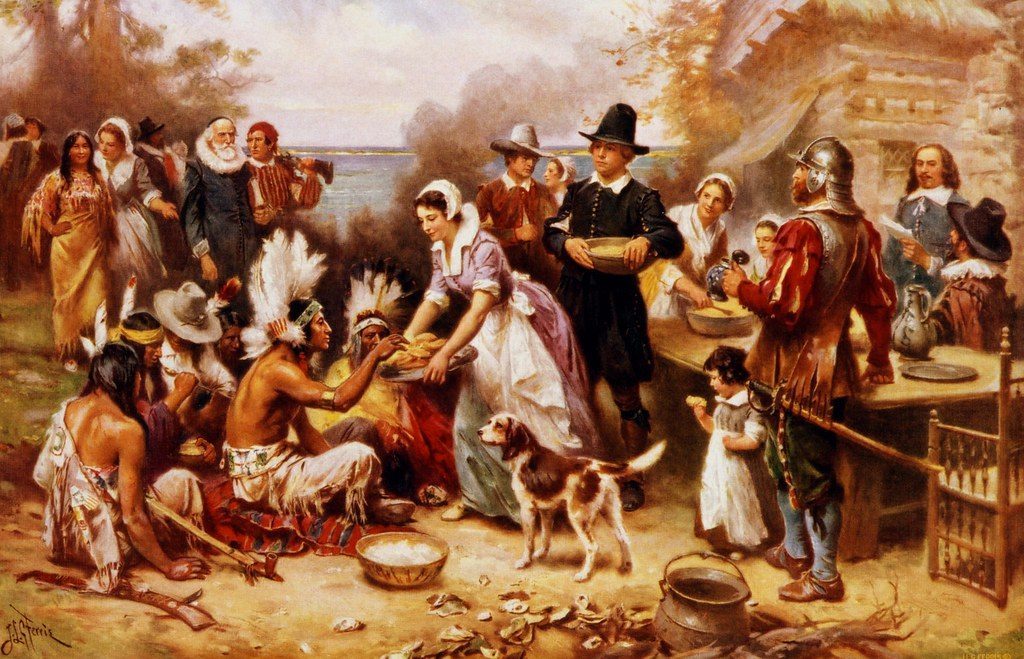
While you may envision the Pilgrims holding a somber, religious-focused Thanksgiving in 1621, this is far from the truth. The Pilgrims actually rejected the idea of public religious displays. Not only did they host a non-religious Thanksgiving feast (aside from saying grace), but records also indicate they spent three days with their Wampanoag visitors playing games, feasting on a wide range of food, and, yes, even drinking beer.
The first Thanksgiving was celebrated in 1621 over a three day harvest festival. It included 53 Pilgrims, 90 Wampanoag Indians, and lasted three days. Although prayers and thanks were probably offered at the 1621 harvest gathering, the first recorded religious Thanksgiving Day in Plymouth happened two years later in 1623.
Turkey Probably Wasn’t on the Menu
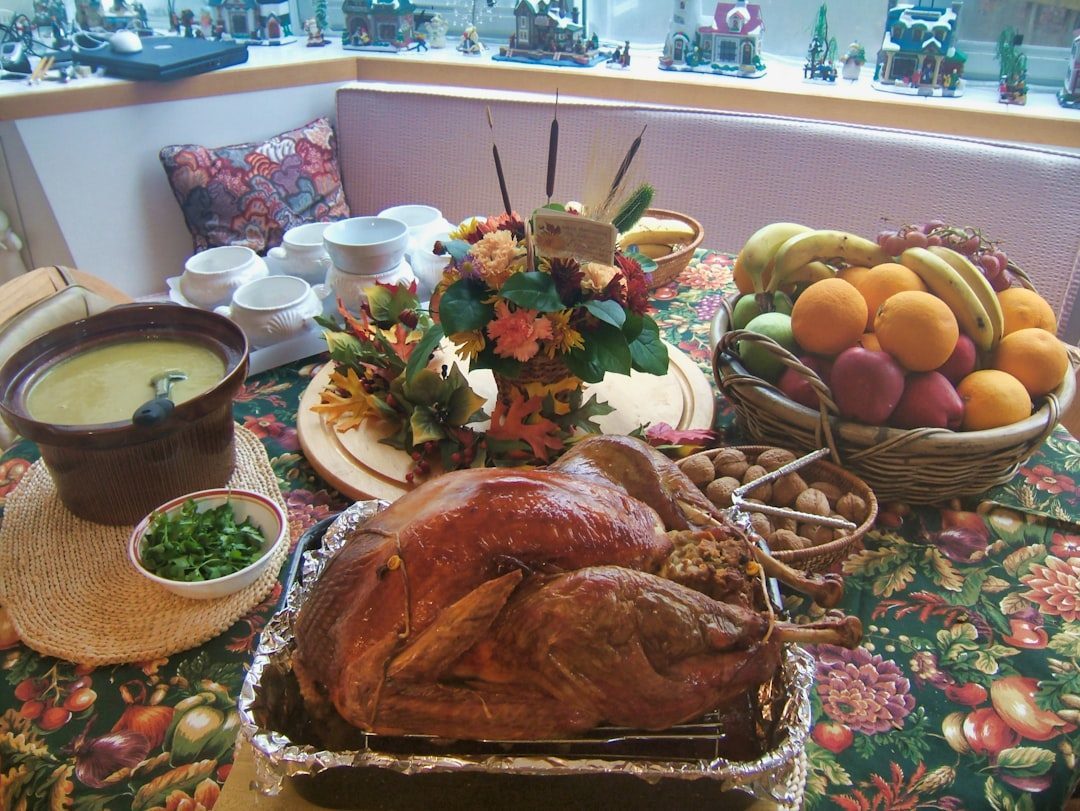
There’s no solid evidence that turkey was on the menu in late 1621, when the Pilgrim settlers of Plymouth Colony sat down with indigenous Wampanoag people for what we now recognize as the first Thanksgiving celebration. According to a contemporary account of that event by colonist Edward Winslow, the settlers and Native Americans dined on venison, fish and shellfish as well as corn and other vegetables. While “fowl” may have been served, that may well have referred to seasonal waterfowl like duck or geese, rather than turkey.
Turkey wasn’t on the menu at the first Thanksgiving. Venison, duck, goose, oysters, lobster, eel, and fish were likely served, alongside pumpkins and cranberries (but not pumpkin pie or cranberry sauce!). The focus on turkey came much later in American history.
Native Americans Had Been Celebrating Thanksgiving Long Before Europeans Arrived

For many years before colonists arrived, Native people celebrated different days of thanksgiving. For example, they celebrated “Strawberry Thanksgiving” and “Green Corn Thanksgiving.” The English also had thanksgiving traditions. Long before settlers arrived, Native tribes celebrated the autumn harvest and the gift of Mother Earth’s abundance. Native American spirituality, traditionally and today, emphasizes gratitude for creation, care for the environment, and recognition of the human need for communion with nature and others.
However, hosting community “days of thanksgiving” featuring entertainment and feasting as well as religious rites was a long-held tradition among both Europeans and native Americans (such as the Green Corn Dance). These celebrations weren’t isolated events but part of seasonal rhythms that honored the earth’s bounty.
Squanto’s Story Is More Complex Than Most Know
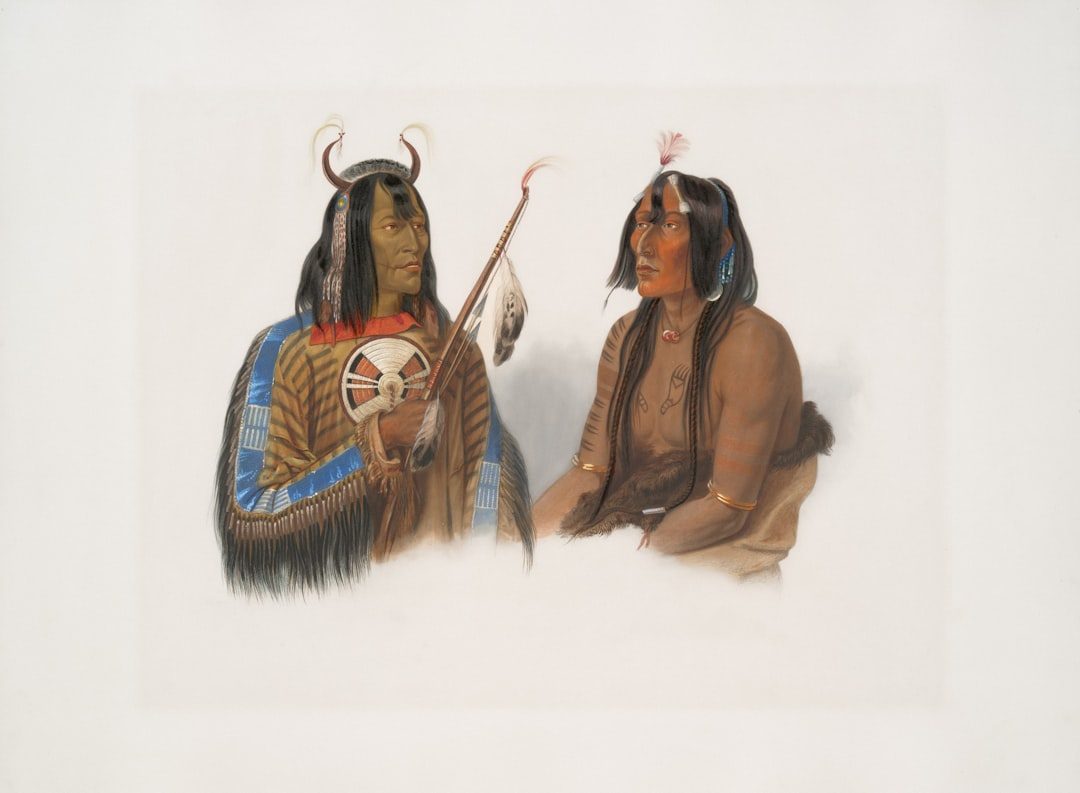
Several days later, he returned with another Native American, Squanto, a member of the Pawtuxet tribe who had been kidnapped by an English sea captain and sold into slavery before escaping to London and returning to his homeland on an exploratory expedition. Squanto taught the Pilgrims, weakened by malnutrition and illness, how to cultivate corn, extract sap from maple trees, catch fish in the rivers and avoid poisonous plants.
The Pilgrims were not the first Europeans with whom the Wampanoag had contact, and some tribe members already spoke English. Squanto’s ability to communicate with the English settlers wasn’t coincidental but resulted from his traumatic experiences with European captivity and his remarkable journey back home.
Virginia Claims the First Thanksgiving, Not Massachusetts
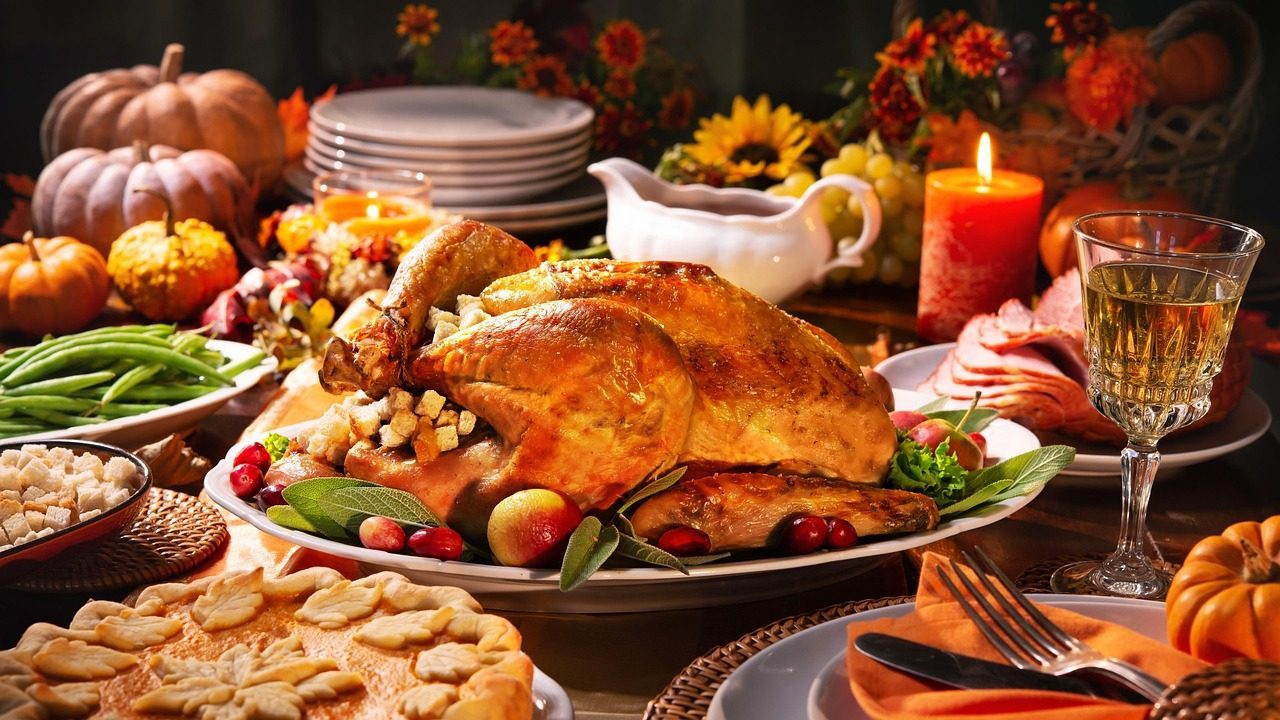
Perhaps the idea of an annual event to honor survival in the New World originated in Virginia, along the James River, where the Berkley Hundred colony held a religious service on December 4, 1619, to commemorate “the day of our ship’s arrival” and proclaimed the date would be “yearly and perpetually kept holy as a day of thanksgiving to the Almighty God.” Maybe Americans would associate the first Thanksgiving with Virginia if this settlement had not been wiped out by Indian massacre. As a result of that massacre, these first practitioners of the custom literally died out before the Pilgrims landed far to the north of them near Plymouth Rock – and it was the Pilgrims who became known as the originators of Thanksgiving.
The Virginia claim predates Plymouth by two years, though it lacks the survival story and peaceful cooperation narrative that made the Plymouth version more compelling for later Americans seeking a unifying national origin story.
A Magazine Editor Made Thanksgiving a National Holiday
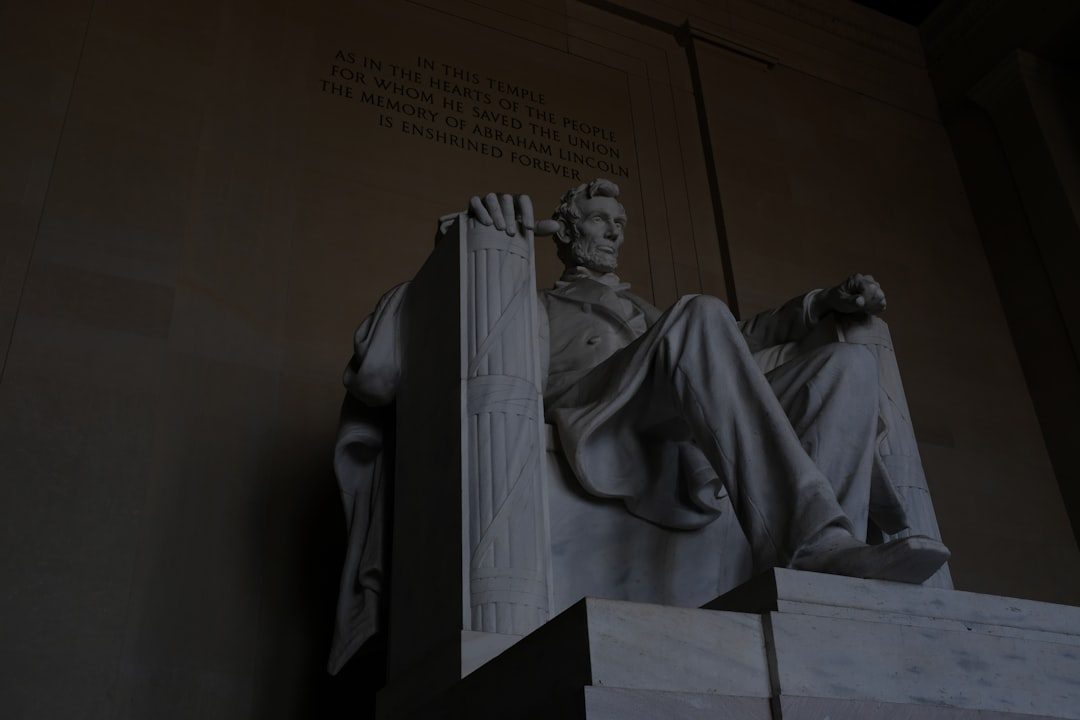
In 1846, Sarah Josepha Hale, editor of a magazine called Godey’s Lady’s Book, campaigned for an annual national thanksgiving holiday. But it wasn’t until 1863, when President Abraham Lincoln declared a national Thanksgiving in November to give thanks for “general blessings.”
For 17 years, Sarah Josepha Hale, the woman who composed “Mary Had a Little Lamb,” wrote letters in support of an official Thanksgiving holiday. Finally, on October 3, 1863, President Abraham Lincoln started the tradition that continues to this day. The federal Thanksgiving holiday has its roots in one of the country’s bitterest moments of division – the Civil War. On October 3, 1863, President Abraham Lincoln issued this Thanksgiving Day proclamation to help unite a war-weary nation.
The Date Has Changed Multiple Times
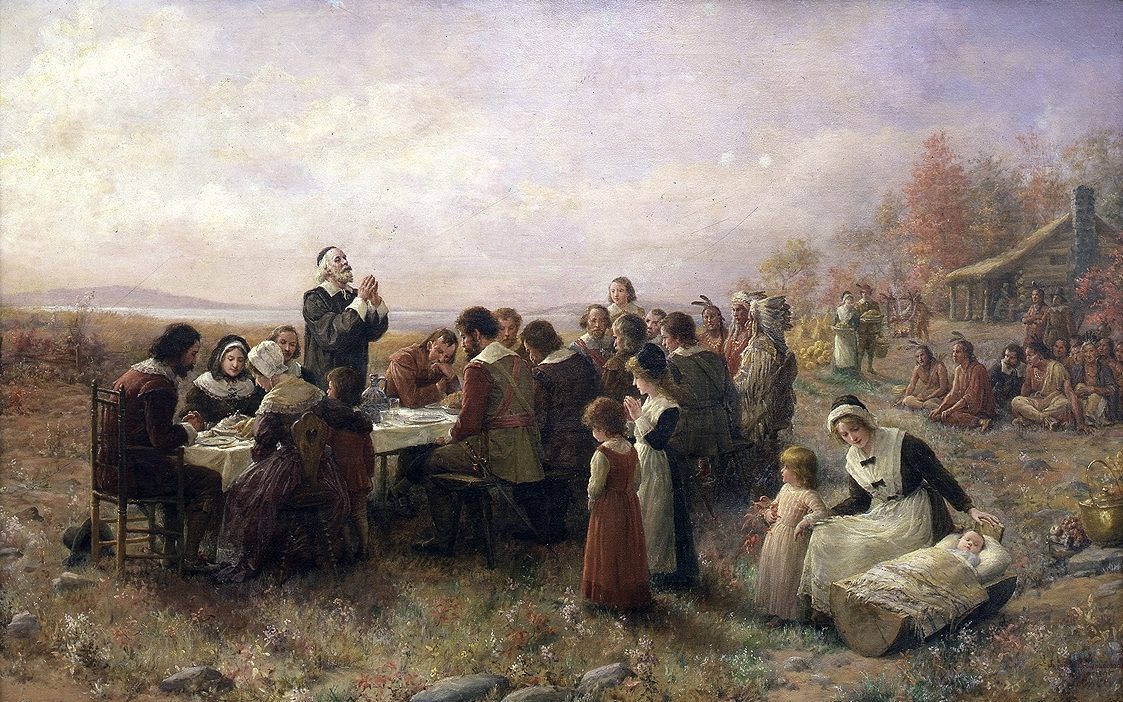
He scheduled Thanksgiving for the final Thursday in November, and it was celebrated on that day every year until 1939, when Franklin D. Roosevelt moved the holiday up a week in an attempt to spur retail sales during the Great Depression. Roosevelt’s plan, known derisively as Franksgiving, was met with passionate opposition, and in 1941, the president reluctantly signed a bill making Thanksgiving the fourth Thursday in November.
President Franklin D. Roosevelt, in order to give depression-era merchants more selling days before Christmas, assigned the third Thursday to be Thanksgiving Day in 1939 and 1940. But he was met with popular resistance, largely because the change required rescheduling Thanksgiving Day events such as football games and parades. In 1941, a Congressional Joint Resolution officially set the fourth Thursday of November as a national holiday for Thanksgiving.
Most Traditional Foods Weren’t Part of the Original Feast
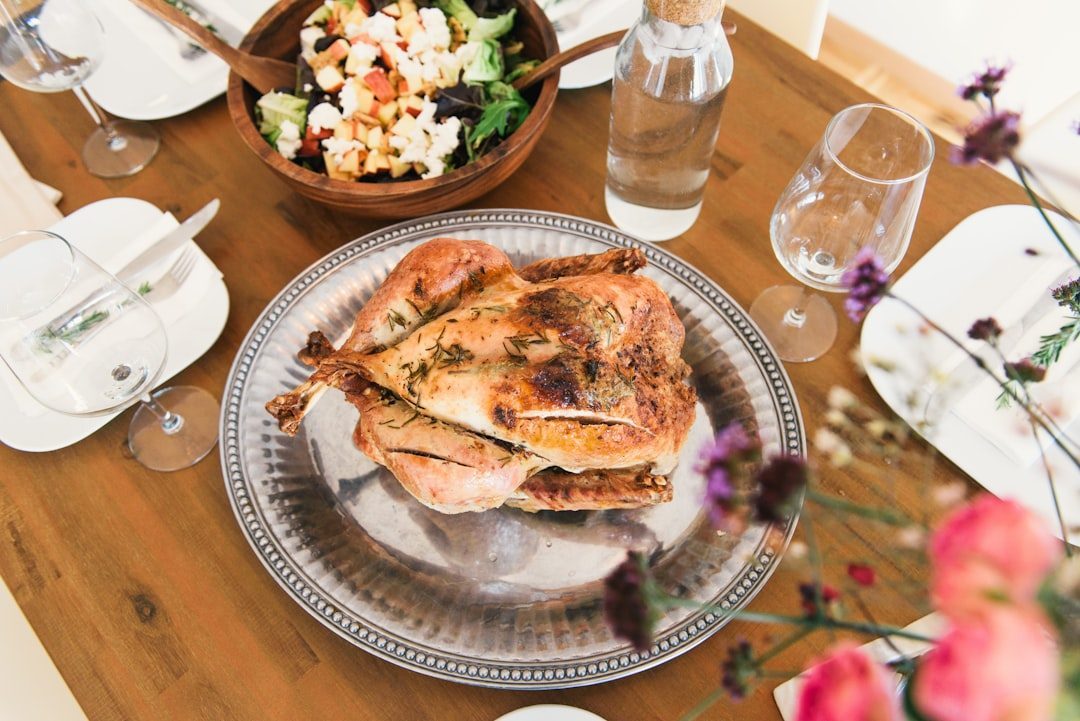
Historians do know that important ingredients of today’s traditional dishes were not available during that first Thanksgiving. That includes potatoes and green beans. The likely absence of wheat flour and the scarcity of sugar in New England at the time ruled out pumpkin pie and cranberry sauce.
We do know, however, a few things that wouldn’t have been on the menu, Bickham said, including anything requiring dairy, wheat or significant amounts of sugar. Potatoes would’ve also been absent from the table. “Although native to Andes, potatoes were not popular in England or its colonies until the eighteenth century. So, no mashed potatoes at the first Thanksgiving either,” he said. In 1705, Colchester, Connecticut, even delayed Thanksgiving a week when a molasses shortage made pies impossible.
The Holiday Nearly Disappeared Several Times

Yet, after 1798, the new U.S. Congress left Thanksgiving declarations to the states; some objected to the national government’s involvement in a religious observance, Southerners were slow to adopt a New England custom, and others took offense at the day’s being used to hold partisan speeches and parades. A national Thanksgiving Day seemed more like a lightning rod for controversy than a unifying force.
One exception was Thomas Jefferson, who believed it was a conflict of Church and State to require the American people to hold a national day of prayer and thanksgiving. As Thomas Jefferson was a deist and a skeptic of the idea of divine intervention, he did not declare any thanksgiving days during his presidency. His views on the matter of religious proclamations of the state were outlined in his 1802 letter to the Danbury Baptist Association: Believing (…) that religion is a matter which lies solely between Man & his God, that he owes account to none other for his faith or his worship, that the legitimate powers of government reach actions only, & not opinions, I contemplate with sovereign reverence that act of the whole American people which declared that their legislature should “make no law respecting an establishment of religion, or prohibiting the free exercise thereof,” thus building a wall of separation between Church & State.
The story of American Thanksgiving reveals a holiday that evolved far beyond its humble origins into something uniquely American. While the sanitized version taught in schools focuses on peaceful cooperation, the real history involves complex relationships, political maneuvering, and cultural transformation spanning centuries. From a small harvest celebration involving roughly 140 people to a national institution that brings families together across the continent, Thanksgiving demonstrates how traditions adapt and grow while maintaining their essential spirit of gratitude. What do you think about these surprising origins? Tell us in the comments.

Hi, I’m Andrew, and I come from India. Experienced content specialist with a passion for writing. My forte includes health and wellness, Travel, Animals, and Nature. A nature nomad, I am obsessed with mountains and love high-altitude trekking. I have been on several Himalayan treks in India including the Everest Base Camp in Nepal, a profound experience.


